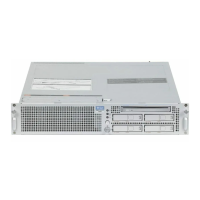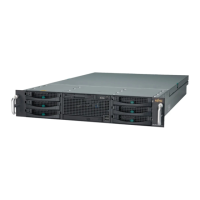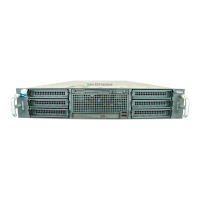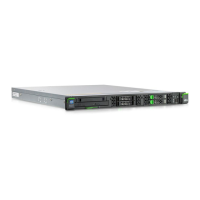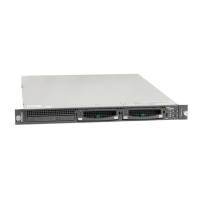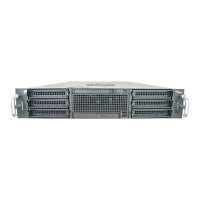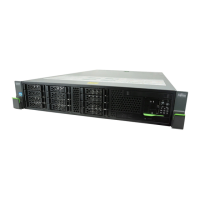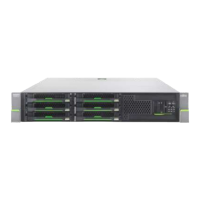U41840-J-Z125-7-76 341
Replication
The ETERNUS CS800 provides data replication capabilities that you can use as an integral
part of a disaster recovery plan. Replication allows you to configure the ETERNUS CS800
to create a copy of your data on another system at scheduled intervals (or manually as
needed).
In the event of a disaster in which the original data is lost, you can quickly recover the repli-
cated data on the remote system, allowing your business to resume normal operations.
Once the original system is available again, you can restore all data back to its original
location.
I
Fujitsu Technology Solutions recommends that you configure and start replication
before storing large amounts of data on the ETERNUS CS800.
See the following sections for more information about the data replication capabilities of the
ETERNUS CS800:
● "Understanding Data Replication"
● "Performing Data Replication"
I
To schedule replication for a share or partition, use the Configuration > Scheduler
page (see "Scheduling a Share or Partition for Replication" on page 281). To limit
the amount of network bandwidth used for replication, enable a constant throttle
(see "Enabling System Throttling" on page 237), or schedule replication throttling
(see "Scheduling Replication Throttling" on page 282).
Understanding Data Replication
During data replication, data is sent from one system (the source) to another system,
usually in another location (the target). For example, you might replicate data from a branch
office (the source) to a central office (the target).
Sources send replicated data, and targets receive replicated data. A target system can
receive data from up to ten sources. A source system can send data to up to two targets.
Finally, one system can act as both a source and a target.
Replication works only with deduplicated data, and data is compressed before it is repli-
cated. Because of this, the amount of data transmitted between systems during replication
is greatly reduced compared to the original amount of data stored. In addition, a data block
is transmitted only if the target does not already have a copy of the block. Finally, data can
optionally be encrypted before it is transmitted.

